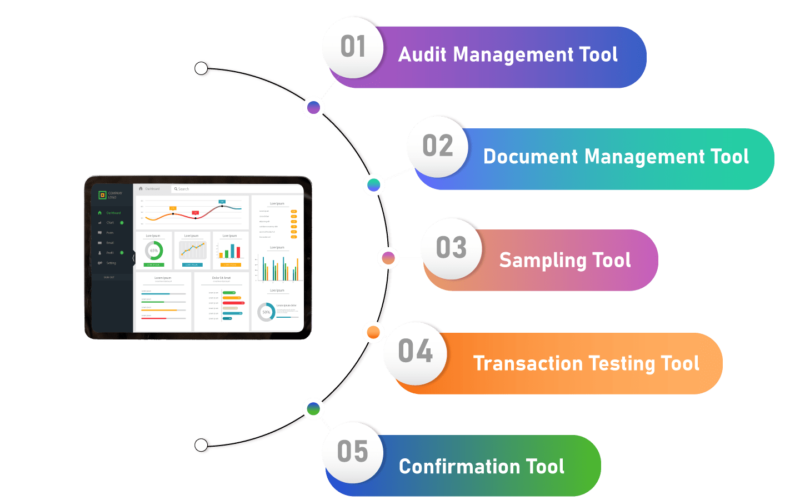
In the dynamic and seriously important field of health care, clinical audits stand as an essential tool for enhancing client care and making sure finest practices. These systematic evaluations assess the efficiency of clinical practice against specified requirements and requirements, offering a lens through which doctor can examine and enhance their service shipment.
Clinical audits are basically different from administrative or monetary audits. Their core goal is to improve client results by systematically evaluating scientific practices, treatments, and outcomes and then executing modifications based upon the findings. These audits are vital for cultivating a culture of continuous enhancement and evidence-based practice in healthcare settings.
The main goal of clinical audits is to enhance client care. By recognizing gaps in current practices and implementing evidence-based changes, clinical audits cause much better client outcomes. Clinical audits help in simplifying processes within health care settings, which can lead to more effective and effective service delivery.
Through these audits, health care providers can guarantee their practices adhere to nationwide and global clinical requirements and guidelines. Clinical audits provide a valuable knowing chance for healthcare specialists, promoting a much deeper understanding of finest practices and motivating a dedication to continuous expert advancement.
The initial step involves picking a location of medical practice to audit. This might be based upon known issues, high-risk procedures, or nationwide guidelines.
The next step is to define clear, evidence-based criteria and standards versus which present practice will be determined. Data collection includes gathering data on existing practice. This might include reviewing client records, observing medical treatments, or gathering feedback from patients and personnel.
The collected information is then evaluated to examine compliance with the set standards and to recognize any locations of divergence. Based on the findings, changes are planned and implemented to enhance medical practice. This might include modifying treatment procedures, performing personnel training, or modifying client care procedures. And, after changes have actually been made, a re-audit is Visit this site conducted to assess the efficiency of the interventions and guarantee sustained enhancement.
Clinical audits can be complex, needing time, resources, and the cooperation of healthcare staff. Obstacles include guaranteeing the accuracy of data, handling the work, and dealing with resistance to alter. Conquering these challenges requires strong management, effective communication, and a collective approach.
Innovation plays a significant role in modern-day clinical audits. Electronic health records, data analytics tools, and digital study platforms can improve information collection and analysis, making audits more efficient and accurate.
There are many examples where clinical audits have actually led to substantial improvements in patient care. For example, an audit in a healthcare facility's emergency department identified delays in discomfort management, leading to modifications in triage processes and personnel training. Another audit in a maternity ward caused a modification of treatments for monitoring fetal heart rates, improving neonatal results.
As health care continues to evolve, the scope and approaches of clinical audits are also advancing. There is a growing focus on patient focused audits and using sophisticated data analysis techniques. Future trends may consist of more collective audits involving numerous healthcare organizations and the combination of client feedback into audit procedures.
Clinical audits are an essential component of modern healthcare, supplying a structured method to examining and enhancing client care. Through these audits, doctor can determine areas of improvement, execute modifications, and ultimately provide higher-quality, evidence-based care. In the mission for quality in health care, clinical audits are indispensable tools for clinicians devoted to the greatest standards of patient care and security.